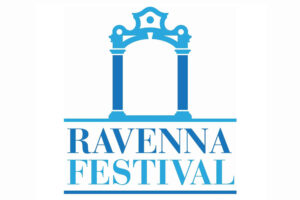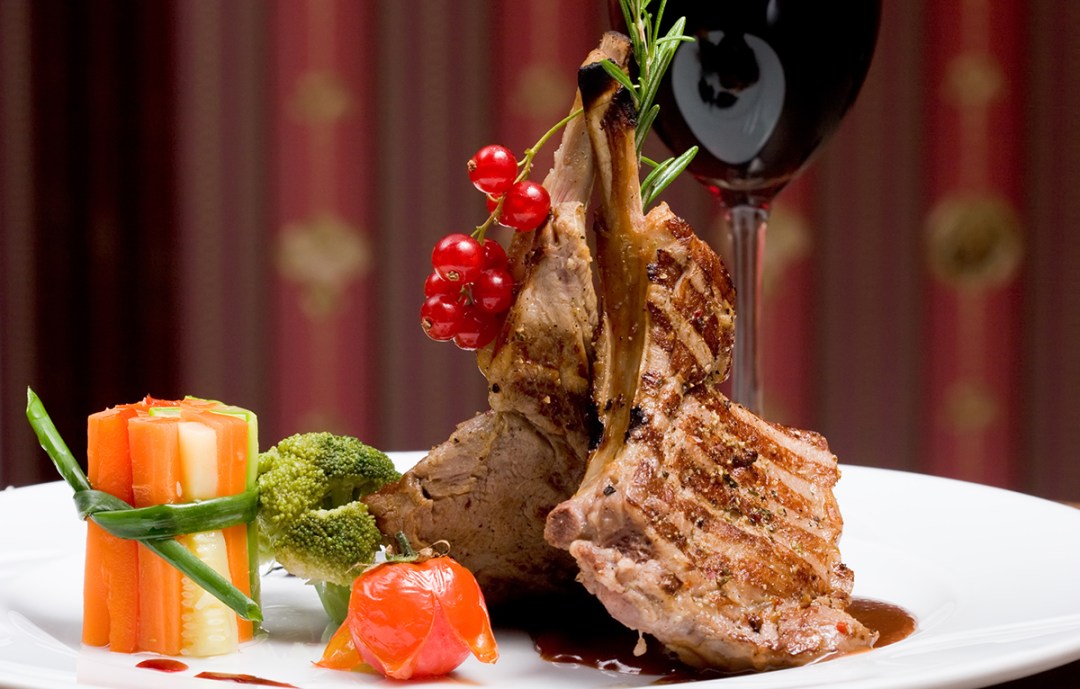The term CASTRATO usually refers to castrated male ovines and the meat that comes from them.
In the Po Valley, under the domination of the Gauls and the Lombards, the most common farm animals were pigs, but the Romans kept the Mediterranean tradition of sheep farming for centuries. During the Middle Ages, territories were clearly separated, not only from a political point of view, but also in terms of business and exploitation for human consumption. The main species bred in the Emilia area was pigs, while in Romagna – named right in this period after the persisting Roman tradition – the most common breeding species were pigs and sheeps, especially castrated male ones, almost unknown in the area of Bologna.
Probably, the tradition of sheep meat in the Romagna area has maintained over time because the lowland and coastline areas were the winter destination for the shepherds of the Apennines. They moved their flocks there and made up for the accomodations offered by local families with one or more lambs.
Today, these animals are still pasture-raised and fed with fresh herbs, grain and cereals. Their meat is very tender, bright red, with very white fat parts and a slightly pungent aroma.
This particular kind of meat is usually marinated with salt, garlic and rosemary, cooked on the grill and then served with olive oil and lemon or alternatively it is stewed with shallot. Sheep ribs are very popular too. They get coated in flour, beaten eggs, breadcrumbs and grated Parmesan and then fried in olive oil or cooked on the grill.
Castrato di Romagna appears in the national list of traditional agri-food products (Italian Ministerial Decree of June 16th, 2010).







